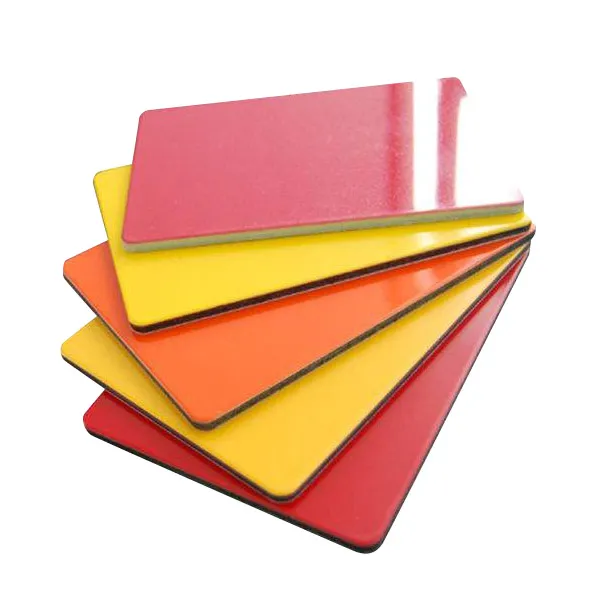What is an Aluminum Composite Panel (ACP), and what are its main applications and benefits?
2024-09-12
An Aluminum Composite Panel (ACP) is a modern construction material made of two thin layers of aluminum sheets bonded to a non-aluminum core, typically made of polyethylene (PE) or fire-resistant materials. This combination of materials provides ACP with strength, durability, and flexibility, making it a popular choice in both architectural and industrial applications.

Structure of ACP:
The typical structure of an ACP consists of three main layers:
1. Aluminum layers: The outer and inner layers are made of thin aluminum sheets. These layers can be coated with various finishes, such as PVDF (polyvinylidene fluoride) or polyester paint, to improve durability and provide different colors and textures.
2. Core material: The core, sandwiched between the aluminum layers, is made of polyethylene (PE) or a fire-resistant material. This core determines the panel's weight, fire resistance, and thermal properties.
Key Features of ACP:
1. Lightweight: Despite being durable, ACP is lightweight, making it easy to handle and install in construction projects.
2. Durability: The aluminum layers provide excellent resistance to weather, corrosion, and UV rays, ensuring that the panel retains its appearance and structural integrity over time.
3. Versatility: ACP can be easily fabricated, bent, or curved, allowing architects to create complex and modern designs. It is available in a wide range of colors and finishes, including metallic, solid colors, and even textures like wood or stone.
4. Fire Resistance: ACP with a fire-resistant core (often made of mineral-filled materials) offers improved safety and is widely used in buildings where fire protection is critical.
Main Applications of ACP:
1. Architectural Cladding:
ACP is commonly used for exterior building facades, curtain walls, and cladding systems. Its lightweight properties and flexibility allow architects to create smooth and aesthetically pleasing surfaces while maintaining structural performance.
2. Signage and Advertising:
Due to its lightweight nature and the ability to print or apply vinyl on its surface, ACP is a popular choice for creating outdoor signs, billboards, and display panels.
3. Interior Applications:
In interior design, ACP is used for creating wall partitions, false ceilings, and decorative panels. Its sleek appearance and easy maintenance make it ideal for modern interiors.
4. Transportation Industry:
ACP is used in the automotive and transportation industry for vehicle bodies, trailers, and truck panels due to its durability and lightweight properties, which help improve fuel efficiency.
5. Furniture:
In contemporary furniture design, ACP is utilized for making shelves, cabinets, and other furniture pieces that require both aesthetics and functionality.
Benefits of Using ACP:
1. Aesthetic Appeal: The wide range of finishes, colors, and design flexibility makes ACP an attractive option for architects and designers looking to create visually striking projects.
2. Cost-Effectiveness: ACP offers an affordable solution compared to traditional materials like solid aluminum or natural stone, especially when factoring in installation and long-term maintenance.
3. Weather and Corrosion Resistance: Its ability to withstand harsh weather conditions and resist corrosion makes ACP suitable for outdoor use.
4. Easy Installation: ACP can be easily cut, bent, or shaped, reducing installation time and labor costs.
Conclusion:
Aluminum Composite Panels are a versatile and durable material with widespread applications in construction, advertising, and industrial design. Their combination of lightweight, flexibility, and aesthetic appeal makes them an excellent choice for both exterior and interior use, offering a modern solution for many architectural and industrial challenges.


